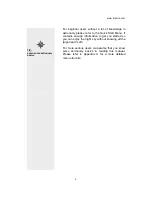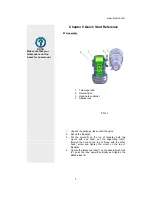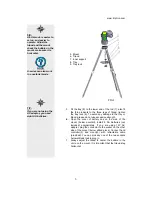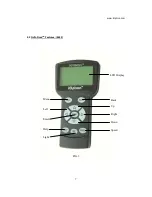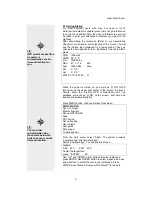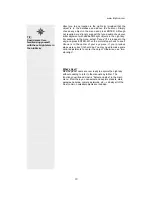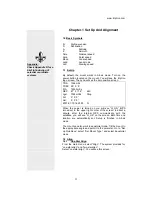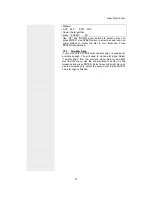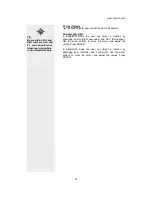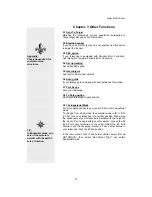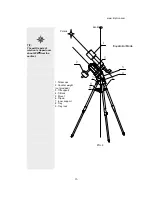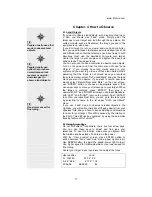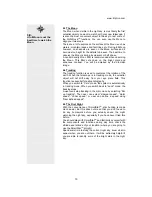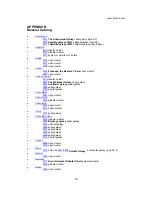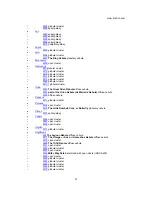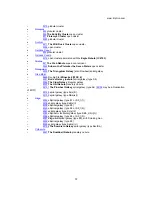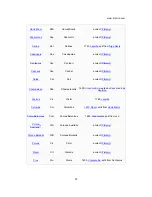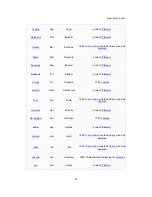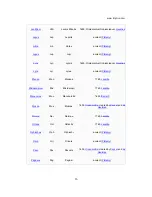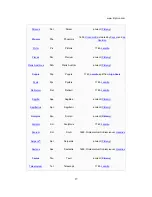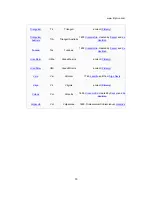
www.iOptron.com
13
Appendix:
Check Appendix B and
Appendix C for names of
galaxies and
constellations
WARNING:
NEVER LOOK DIRECTLY
AT THE SUN WITH THE
NAKED EYES OR WITH
A TELESCOPE(UNLESS
YOU HAVE THE
PROPER SOLAR
FILTER). PERMANENT
AND IRREVERSIBLE
EYE DAMAGE MAY
RESULT.
TIP:
You can define and save
new celestial objects in
the database.
Chapter. 2 Select And Slew
After you have finished the set up and align steps in chapter 1
go to the main menu. Select “Select and slew.” Now you can
select any celestial objects in the database and GoToNova
TM
will take you there—whether it is a star, a planet, an asteroid,
a comet or a galaxy.
Check astronomy books and magazines such as “Sky and
Telescope.” Familiarize yourself with the names in the night
sky. Use the arrow buttons to move your cursor and press
ENTER to select an object.
2.1 Planets, sun, moon
This menu includes the Sun, the Moon, Mercury, Venus,
Mars, Jupiter, Saturn, Uranus, and Neptune.
WARNING: NEVER LOOK DIRECTLY AT THE SUN WITH
THE NAKED EYES OR WITH A TELESCOPE (UNLESS
YOU HAVE THE PROPER SOLAR FILTER). PERMANENT
AND IRREVERSIBLE EYE DAMAGE MAY RESULT.
2.2 Deep Sky Objects
This menu includes objects outside our Solar system such as
galaxies, star clusters, quasars, nebulae, etc.
2.2.1 Named Deep Sky Objects
This menu contains 60 named deep sky objects. If you know
the names of the objects you can use this menu.
2.2.2 Messier Catalogue
Contains 110 objects from the Messier catalogue.
2.3 Comets
Contains up to 256 comets.
2.4 Asteroids
Contains up to 4096 asteroids.
2.5 Stars
2.5.1 Named Stars
Contains 191 stars.
2.5.2 Constellations
Contains 88 constellations.
2.5.3 Double Stars
Contains 40 double stars.
2.5.4 SAO Bright Stars
Contains up to 26,584 SAO bright stars.
2.6 Constellations




